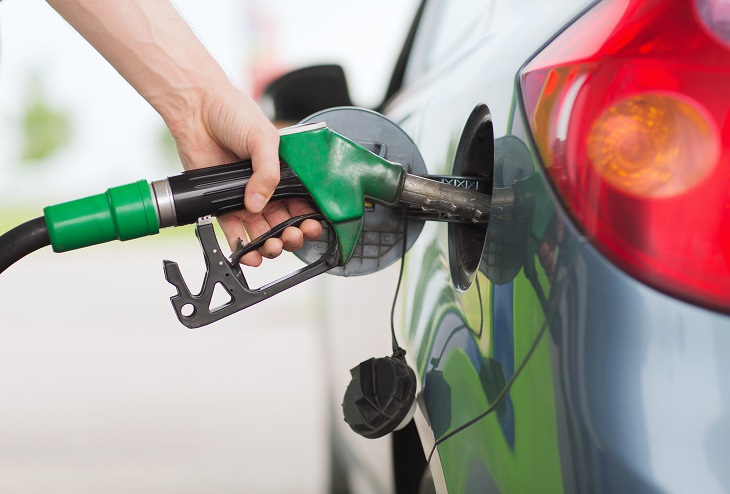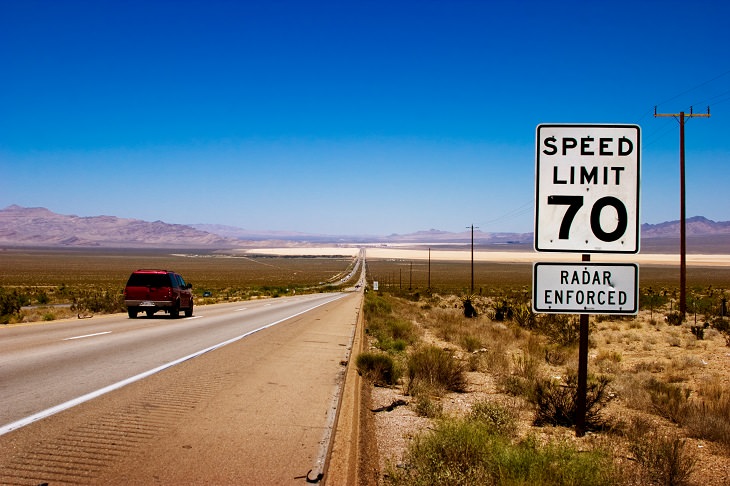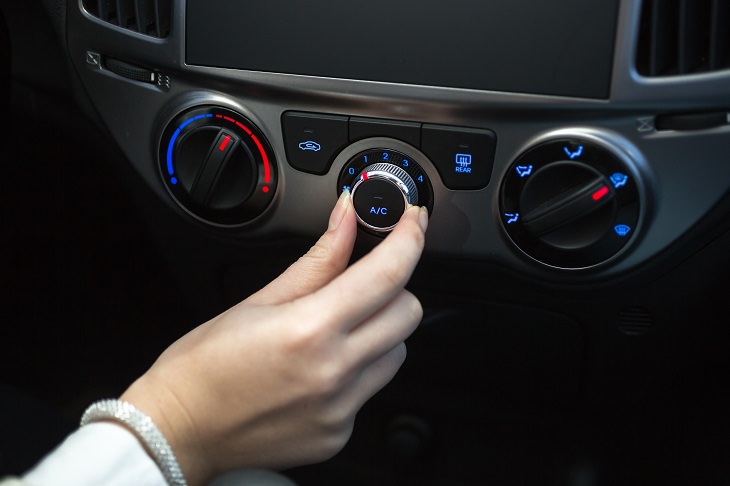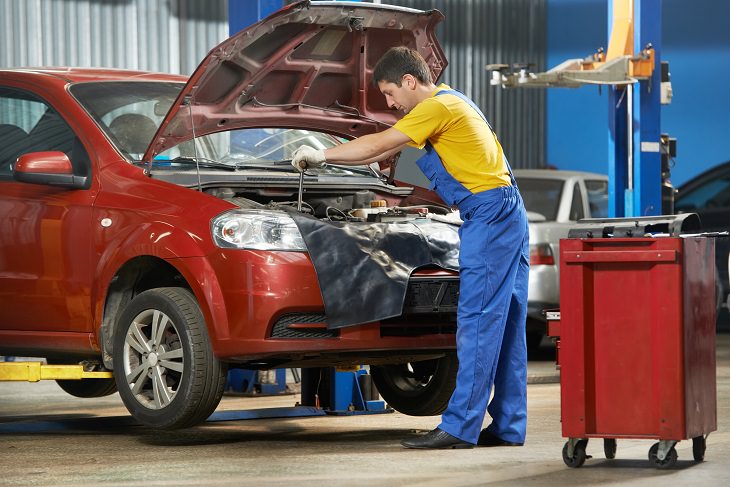1. Advertised MPG Is a Lie
Most MPG ratings are based on tests in controlled environments, or in some cases, are completely made up. The only true way to tell a car's MPG is to drive it and divide the distance you cover by the amount of petrol you use.
2. Keep the Pedal off the Metal
Yes, it sounds good. It may even make you feel more powerful. But every time you floor it, you waste between 5% more gas in the city and up to 33% on the highway.
3. Don't Brake Too Much
Brakes should be used when you can’t slow the vehicle down in other ways. If you have enough distance, just take your foot off the gas and let gravity and air friction slow you down. That saves gas wasted as heat, as well as extends the life of your brakes.
4. The Speed Limit Is Your Friend
Most cars are designed to get optimal gas consumption at around 80 kph, so as long as you don't exceed that speed, you’ll save a lot of money.
5. Empty out the Boot
The heavier the car, the more gas it needs to move, so remove anything you don’t need from the boot and keep only the essentials.
6. No Need to Top it Off
You may think that it’s smart to give that one extra squeeze to the fuel pump, but that extra squeeze will mostly go to waste. Excess gas goes back to the station’s pumps to prevent spillage, and an overfilled tank loses gas to vapor leakage and spills.
7. Idle Cars Are the Devil's Playthings
Idling your car is illegal in many places, and if it isn’t where you live, it should be. If you leave your car running while you know you’re going to be staying in place, even for a couple of minutes, it should be enough reason to turn that key and stop the engine. An idling car wastes gas, shortens the vehicle’s lifespan, and pollutes the environment for no reason.
8. Turn Down the Air Conditioning
If you need air, turn the AC off and open your car's windows – it’s a more effective way. Operating your car’s AC on the highest setting can increase your gas consumption by up to 25%. Remember though - keeping the windows all the way down creates drag, which causes the car to use more gas too, so try not to open the windows all the way down.
9. Got Cruise Control? Use it!
Driving without cruise control is less efficient, resulting in higher gas consumption. If you know you’re going to be driving at a certain speed for a while, switch on the cruise control and enjoy the (cheaper) ride.
10. Keep the Tires Full
A properly inflated tire can save up to 3.3% of your gas consumption, and will also last longer. If your tires are not properly inflated, you’re going to be wasting about 0.3% for every 1 psi that’s missing.
11. Maintenance Is Important
Getting your oil changed every 5,000-7,000 miles (8,000-11,000 km) is normal for a modern car. While you’re at it, changing the filters, spark plugs, and other parts will make your car purr like a happy cat, and save you money in the long run.
12. Cheap Gas Is Better
In the past, “premium” gasoline had additives and detergents that would reduce carbon deposits in the system. Nowadays, all kinds of gas have these additives, so unless your car specifically needs premium, you can use regular and save a lot of money.
13. Keep Your Tires Straight
Nonaligned tires, even by as little as 0.17 inches, will add another 100 miles of gas usage for every 20,000 miles covered. That’s about $185 that goes to waste. It’ll also speed up tire wear and tear, which will also cost you a pretty penny.
14. Make Sure Your Gas Tank Is Properly Sealed
An improperly-sealed cap allows gas to vaporize. That’s your money going up in the air (and polluting it along the way).




